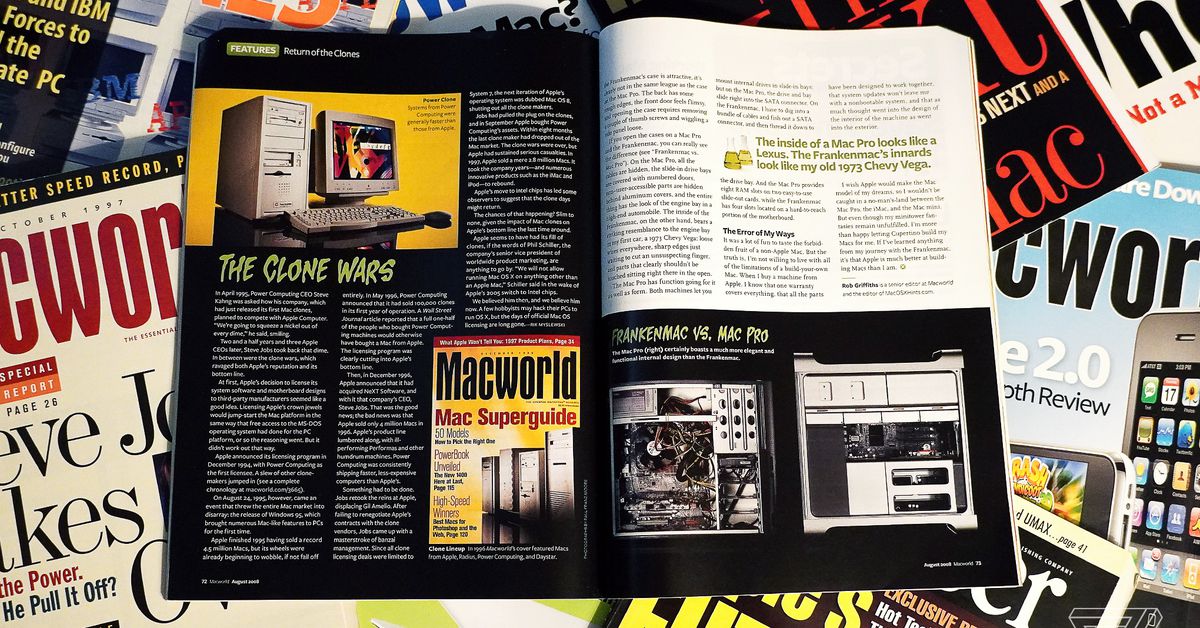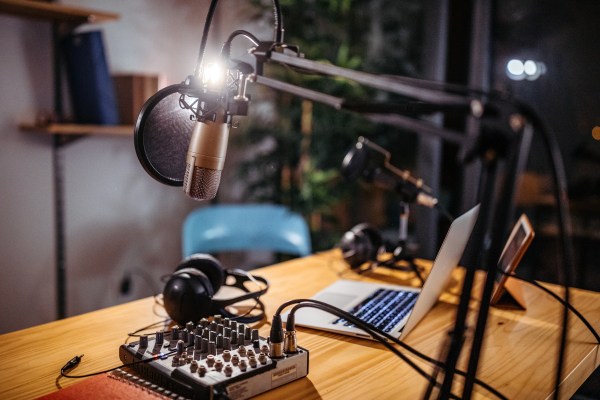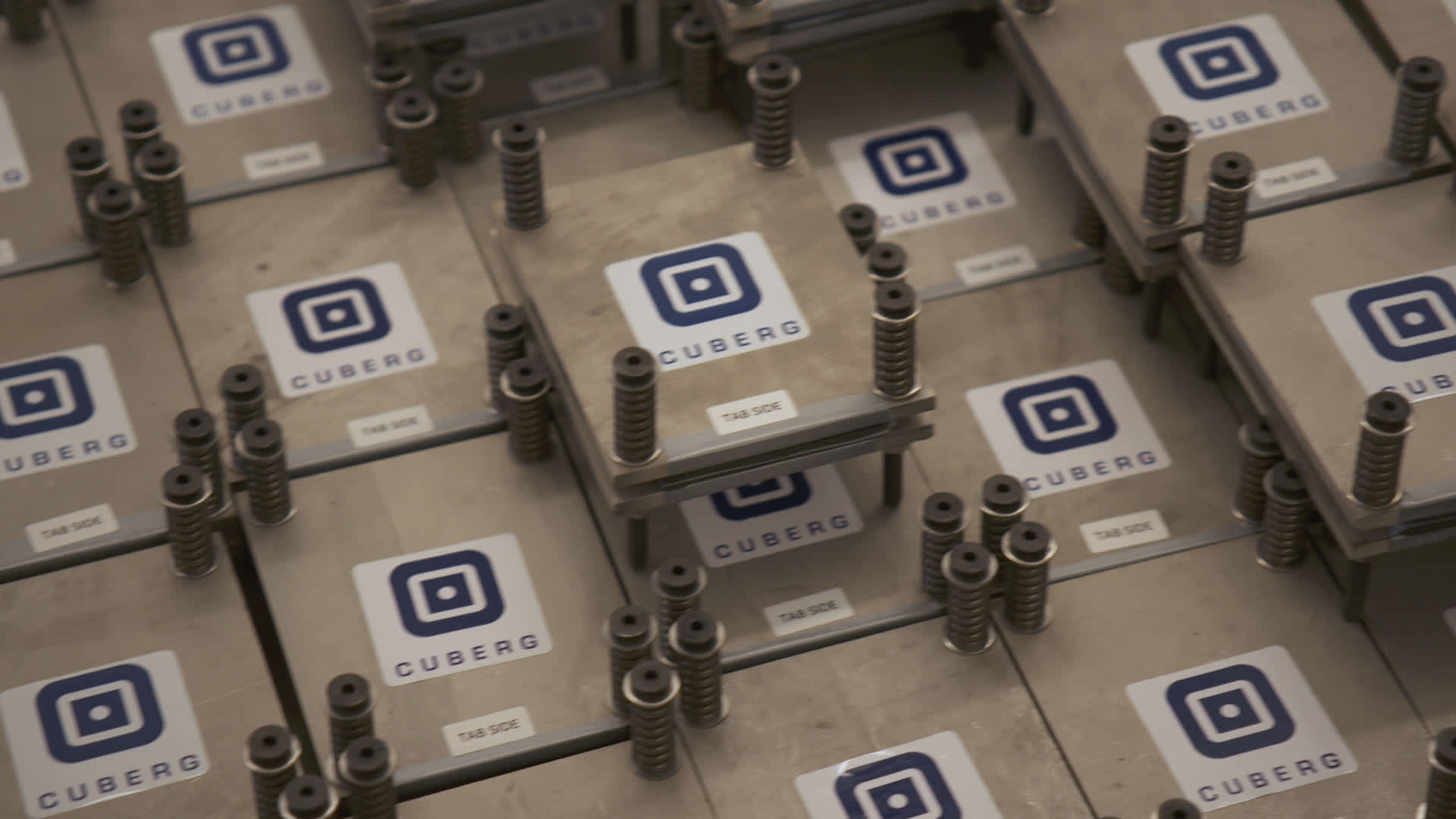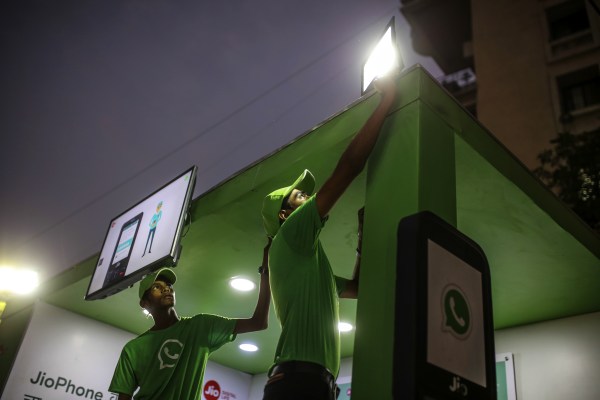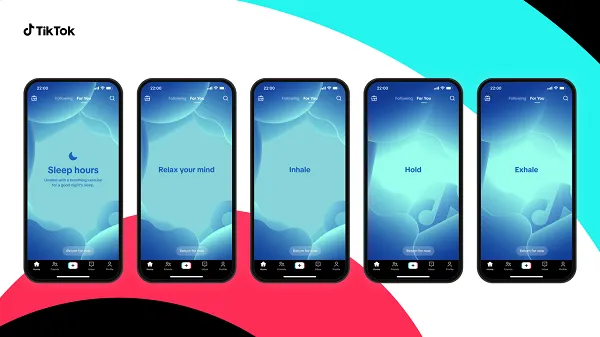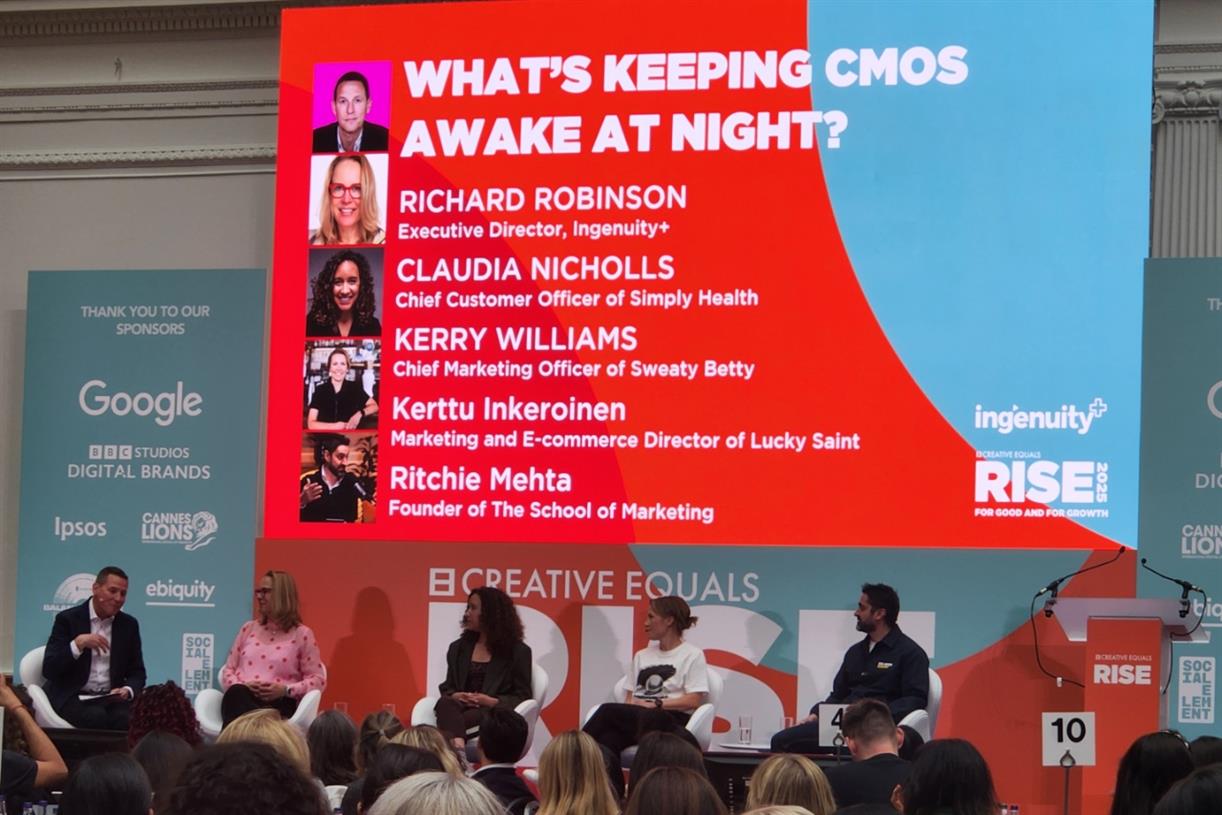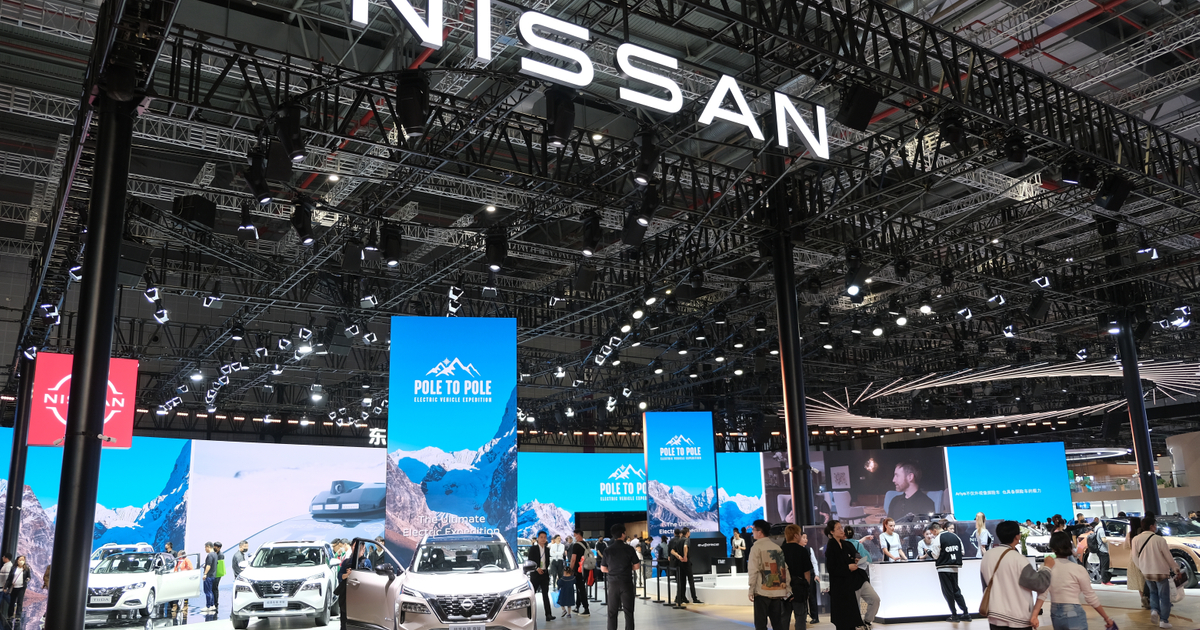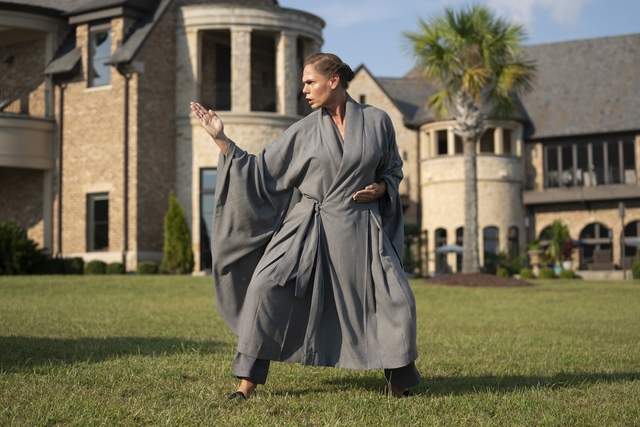I used the world’s first augmented reality laptop
Don’t mind me. I’m just in space.This laptop doesn’t have anything to do with outer space. That’s the first thing I need to establish here. I know — I was also a tad disappointed when I sat down with...
/cdn.vox-cdn.com/uploads/chorus_asset/file/24663422/236664_Spacetop_MChin_0003.jpg)
This laptop doesn’t have anything to do with outer space. That’s the first thing I need to establish here.
I know — I was also a tad disappointed when I sat down with a company called Sightful to demo its new product, the Spacetop. It is not, in fact, shaped, decorated, or themed like a spaceship.
Instead, it’s being pitched as the world’s first “augmented reality laptop.” The “space” element refers to the large amount of desktop area that the Spacetop gives you the ability to view, relative to its physical size.
No planets here.
The Spacetop doesn’t have a screen. In total, it is a screen-less keyboard deck with a pair of AR glasses (which are customized Nreal glasses) hardwired to it. Put those on, and you will see your desktop projected into the air before you. You operate it — move windows, play videos, type messages, etc. — with the keys and touchpad, as you would a physical screen. Sightful claims that the Spacetop is actually a “100-inch laptop.” It’s getting that from the fact that if you were to treat the image the user sees as a projection on a surface in front of them, that projection would have a 100-inch diagonal. I suppose that’s one way to look at it (though, by that logic, a projector can also be called a 120-inch TV or whatever).
This, in the opinion of Sightful CEO Tamir Berliner, is the obvious future of computing. There will come a time when all electronic tasks, from web design to AAA gaming, are done while squinting through AR glasses. “We are looking forward to the day when we forget about the laptops we have today,” Berliner told me, mirroring predictions that Mark Zuckerberg has been making for years.
My question, naturally, was: why? Why do my activities in the air, when I can do them just fine on a screen?
“If you go to Best Buy tomorrow and you see a 13-inch laptop, and a 15-inch laptop, and a 100-inch laptop that’s the size of a 13-incher, which would you buy?” Berliner asked me. Probably the 13-incher, I admitted; I liked portability but didn’t love the idea of sitting around in AR glasses all day. “You’re wearing glasses already,” Berliner said, pointing at my face. Fair enough, but my glasses were hand-selected and custom-molded to my head shape, and I couldn’t say the same for Sightful’s hefty goggles.
This tracks your head movements.
Nevertheless, there are few things worse than having to wear AR glasses over one’s own glasses, so I was thrilled that Sightful, like Magic Leap, offers prescription inserts. (Berliner is a Magic Leap alum.) Sightful’s representatives couldn’t quite find the right lens for me in the box they’d brought, so I did end up having to cram my glasses under the goggles, but I’d send the company my prescription with the order if I were a real customer.
Once the lenses are sorted, the best way to describe the experience of using the Spacetop, which runs a custom operating system called Spacetop OS, is that it’s as if a giant projector were shooting your computer screen into the air in front of you. That projection remains pinned in place — it doesn’t come with you if you walk away — and you’ll see different parts as you move your head around thanks to a camera tracking your head movements. The screen zooms out (as if you were zooming out on your Windows desktop, showing more and smaller things) when you back up and zooms in when you move forward. Scoot way, way back, and you can see a truly monstrous number of tabs and apps at a time, their contents so tiny as to be unreadable. It’s different from a projector, of course, in that you’re the only one who can see what’s being projected.
It really is impressive technology. You can see your desktop well, but you can also see what’s behind and around it, well enough that I could easily walk around while using the device. Audio comes through the glasses as well, and it is quiet but also not audible to those around you. Resolution (1080p per eye) was sharp. If you’re sitting in Starbucks, you can be sure that nobody else will see what you’re working on (though you’ll likely get looks for using such an odd-looking machine). There aren’t fancy gesture controls or other systems to pick up on. If you can use a Windows laptop, you can get the hang of this.
I enjoyed using the device, and it’s cool to feel like you’re moving your windows in open air. I can see myself working it effectively — or at least on a buttoned-up version of it.
But is it the future of computing? I don’t see it yet.
Snazzy shades.
The actual field of view is small enough that you usually can’t see the full 100-inch space at a time. Instead, you’re looking through a smaller viewing window, the size of which is not on Sightful’s spec sheet, and you need to move your head around in order to see the areas you need to see. This created some amusing scenarios where I’d lose the cursor somewhere off to the side and not be able to find it (Sightful says the cursor will immediately jump to where your eyes are in future updates) or forget where I’d put a tab and be whipping my head around wildly trying to find it.
This is, incidentally, why I don’t feel that the 100-inch screen accolade is quite accurate — the Spacetop gives you no peripheral vision. Everything outside of your immediate view is dark. Sure, the Spacetop can technically display many, many more windows than you might be able to cram onto a 13-incher, but you can still only see a few at a time (also the case on a 13-incher).
And performance, overall, was a bit choppy. The laptop crashed early in my demo session and had to be rebooted. Things like scrolling and resizing windows were slow. I attempted to play a YouTube video, and the browser just froze. There were many times throughout the experience when it seemed like things were just barely crawling along.
This isn’t all that surprising; the product is powered by a Qualcomm Snapdragon 865, and Sightful’s representatives were trying to run more tabs than I’d ever recommend running on that chip. Berliner says that the first batch of units (limited to 1,000 early adopters) will only be going to people whose workload is “web-forward.” Gamers and video editors, for example, need not apply. “We will not include them if we don’t think this can actually solve the main pain point of their experience,” Berliner says.
But even among the “web-forward” audience, the Spacetop, in its current iteration, is not ready to fulfill its own mission. It sells itself on providing the screen space to display an endless array of web pages, but its processor can’t run that many. It sells itself on multitasking, on the space for creativity — it’s essentially a multi-monitor setup in one, after all — but is powered by a chip that’s well known to be best for running a few tabs at a time. It sells itself on combining the advantages of a big-screen laptop with an ultraportable form factor, but it also brings the downsides of that ultraportable form. The battery life is estimated at “5+ hours,” which is not great — especially for the hypermobile “work from anywhere” consumer that Sightful is explicitly targeting. The touchpad is a bit thin. The port selection is a grand total of two USB-C, one of which will be occupied by the charger a large portion of the time. (When I told Berliner that customers might hope for a more diverse port selection, he blinked and asked, “What’s the use case?”)
I have no doubt that Sightful thinks the current laptop market is boring and stale and that the Spacetop injects a much-needed dose of innovation. Representatives asked me a number of times what I think about the state of the market, and I got the sense that they were looking for that answer to start off their pitch. Nonetheless, there’s a reason today’s computers look the way they look. A device that hopes to shake that formula up needs to understand and address the reasons that formula is there in the first place. I hope the Spacetop is ultimately able to do that because it was a heck of a lot of fun to use.
Photography by Monica Chin / The Verge

 Troov
Troov 







